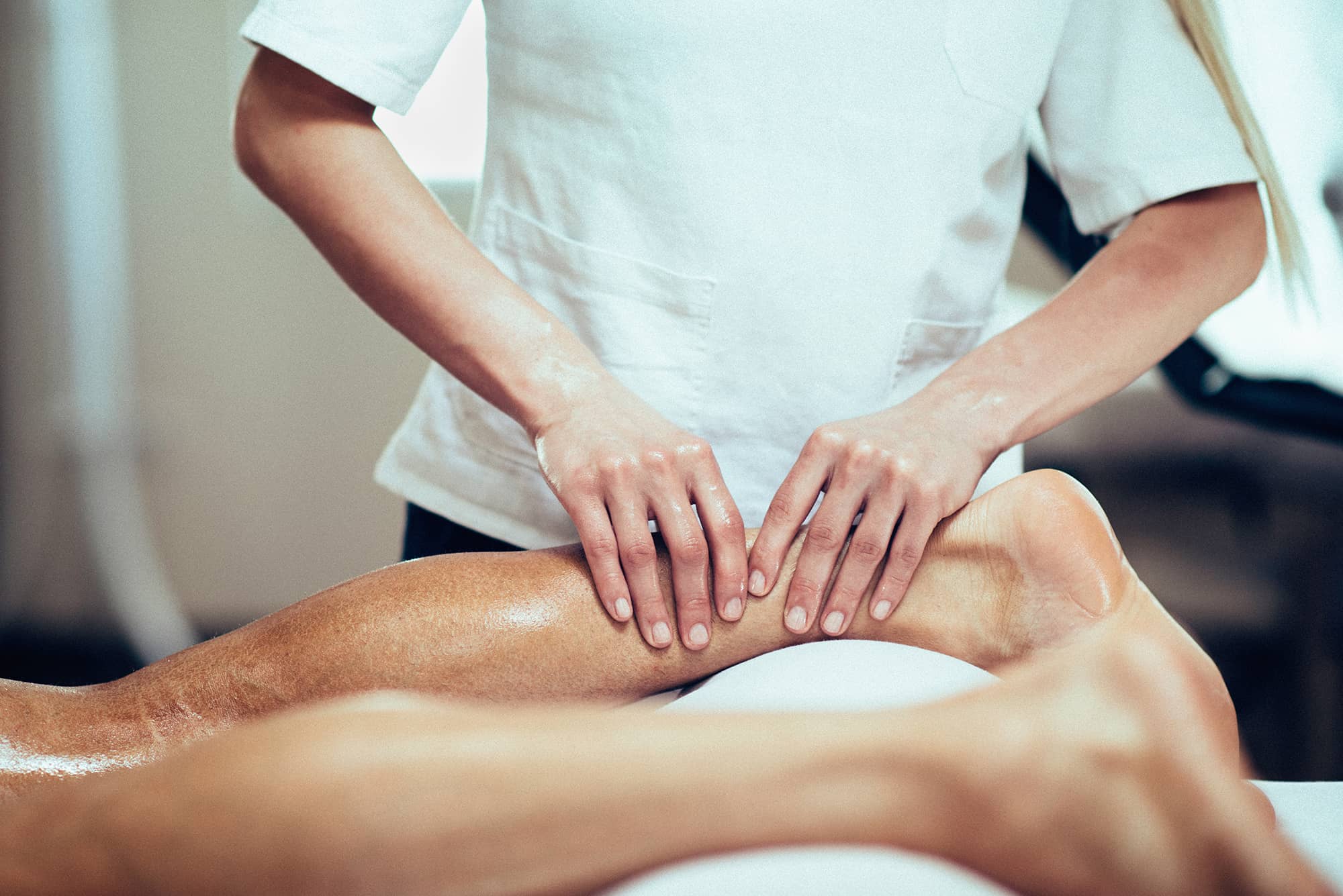Two-thirds of runners complain they suffer from Achilles tendon pain. Achilles tendon injuries affect runners 10 times more frequently than non-athletes of the same age (athletics weekly). Achilles tendons are commonly affected by tendinopathy which are overuse injuries characterised by localised tendon pain with loading and dysfunction.
What causes Achilles tendinopathy?
Achilles tendinopathies can affect people of any age. Any repeated activity that strains your Achilles tendon could potentially cause a tendinopathy. Some causes include:
- Exercising without a proper warm-up
- Straining the calf muscle during repeated quick stops and changes of direction.
- Playing sports such as tennis, that require quick stops and changes of direction.
- Sudden increase in physical activity without allowing your body to adjust to increased training.
- Wearing poorly fitting shoes.
- Wearing high heels daily for prolonged periods of time.
- Being older as the Achilles tendon weakens with age.
- Poor foot posture.
 What are the symptoms?
What are the symptoms?
There are a few symptoms you can look out for if you think you are suffering with Achilles tendinopathy:
- Discomfort or swelling in the back of your heel.
- Tight calf muscles
- Limited range of motion when flexing your foot.
- Skin on your heel is overly warm to touch
Top tips to help reduce Achilles pain:
- Remove the cause of the reactive or degenerative tendinopathy.
- Need to assess the intensity, duration, frequency and type of load going through your Achilles tendon. Intensity is the most important feature we need to remove intensity peaks e.g. sprinting, fast changes in direction, explosive jumping. Frequency you may just need to rest more in-between runs/workouts. Duration if you usually run 5k a week would be advisable to reduce this by 50%.. Type of loading this could be doing less mileage that involves going up and down hills.
- Reduce pain through the reduction of high loads.
- This involves doing isometric exercises. Isometric exercises are exercises in which the joint angle and muscle length do not change during contraction of the muscle. This would be used in the early stage of rehab.
- Introducing isometric loads that reduce pain at early stages.
- This involves assessing how the tendon responds to the training volume and rest periods indicates if the amount of load is within the load that the tendon can safely handle. This means you may have to rest for 48-72 hours between workouts/rehab.
- Adapt training volume and resting periods to the amount that the tendon can safely handle, this involves increasing the load progressively through eccentric exercises, retraining landings, running, changing pace or direction and including jumps.
- Increasing the load capacity of the tendon up to that required by the person, this would be the stage where you would progress to being at the level before you started with the injury, functional exercises and individual techniques would be incorporated into the rehab programme.
